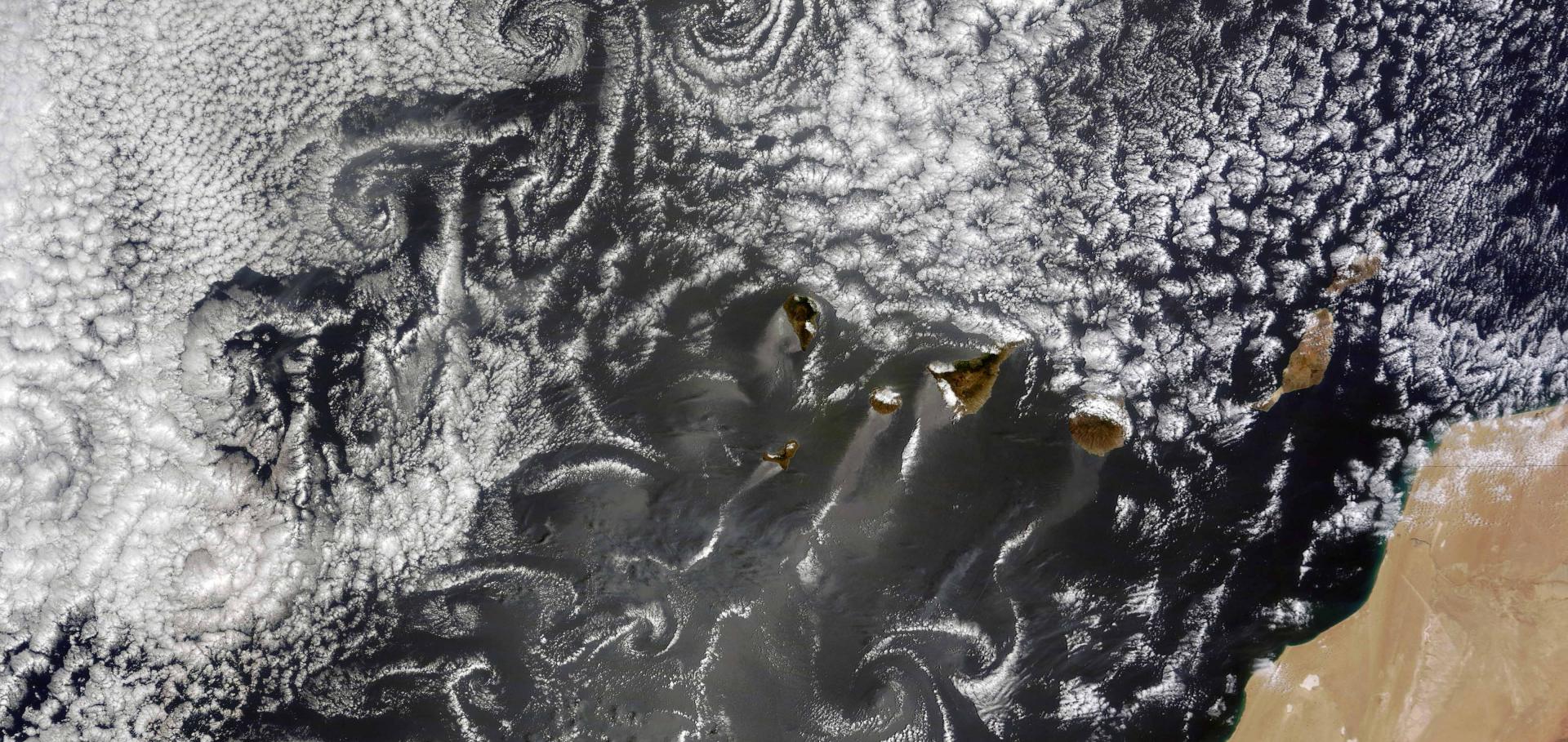AI for climate science
Chapter in Artificial Intelligence for Science, World Scientific Publishing (2023) 243-267
AI for Climate Science
Chapter in Artificial Intelligence for Science, World Scientific Publishing (2023) 243-267
A semi-Lagrangian method for detecting and tracking deep convective clouds in geostationary satellite observations
Atmospheric Measurement Techniques Copernicus GmbH 16:4 (2023) 1043-1059
Abstract:
<jats:p>Abstract. Automated methods for the detection and tracking of deep convective clouds in geostationary satellite imagery have a vital role in both the forecasting of severe storms and research into their behaviour. Studying the interactions and feedbacks between multiple deep convective clouds (DCC), however, poses a challenge for existing algorithms due to the necessary compromise between false detection and missed detection errors. We utilise an optical flow method to determine the motion of deep convective clouds in GOES-16 ABI imagery in order to construct a semi-Lagrangian framework for the motion of the cloud field, independently of the detection and tracking of cloud objects. The semi-Lagrangian framework allows severe storms to be simultaneously detected and tracked in both spatial and temporal dimensions. For the purpose of this framework we have developed a novel Lagrangian convolution method and a number of novel implementations of morphological image operations that account for the motion of observed objects. These novel methods allow the accurate extension of computer vision techniques to the temporal domain for moving objects such as DCCs. By combining this framework with existing methods for detecting DCCs (including detection of growing cores through cloud top cooling and detection of anvil clouds using brightness temperature), we show that the novel framework enables reductions in errors due to both false and missed detections compared to any of the individual methods, reducing the need to compromise when compared with existing frameworks. The novel framework enables the continuous tracking of anvil clouds associated with detected deep convection after convective activity has stopped, enabling the study of the entire life cycle of DCCs and their associated anvils. Furthermore, we expect this framework to be applicable to a wide range of cases including the detection and tracking of low-level clouds and other atmospheric phenomena. In addition, this framework may be used to combine observations from multiple sources, including satellite observations, weather radar and reanalysis model data. </jats:p>Physics-informed learning of aerosol microphysics
Environmental Data Science Cambridge University Press 1 (2022) e20
Abstract:
Aerosol particles play an important role in the climate system by absorbing and scattering radiation and influencing cloud properties. They are also one of the biggest sources of uncertainty for climate modeling. Many climate models do not include aerosols in sufficient detail due to computational constraints. To represent key processes, aerosol microphysical properties and processes have to be accounted for. This is done in the ECHAM-HAM (European Center for Medium-Range Weather Forecast-Hamburg-Hamburg) global climate aerosol model using the M7 microphysics, but high computational costs make it very expensive to run with finer resolution or for a longer time. We aim to use machine learning to emulate the microphysics model at sufficient accuracy and reduce the computational cost by being fast at inference time. The original M7 model is used to generate data of input–output pairs to train a neural network (NN) on it. We are able to learn the variables’ tendencies achieving an average R2 score of 77.1%. We further explore methods to inform and constrain the NN with physical knowledge to reduce mass violation and enforce mass positivity. On a Graphics processing unit (GPU), we achieve a speed-up of up to over 64 times faster when compared to the original model.Satellite Observations of Smoke-Cloud-Radiation Interactions Over the Amazon Rainforest
Atmospheric Chemistry and Physics Discussions European Geosciences Union (2022)


